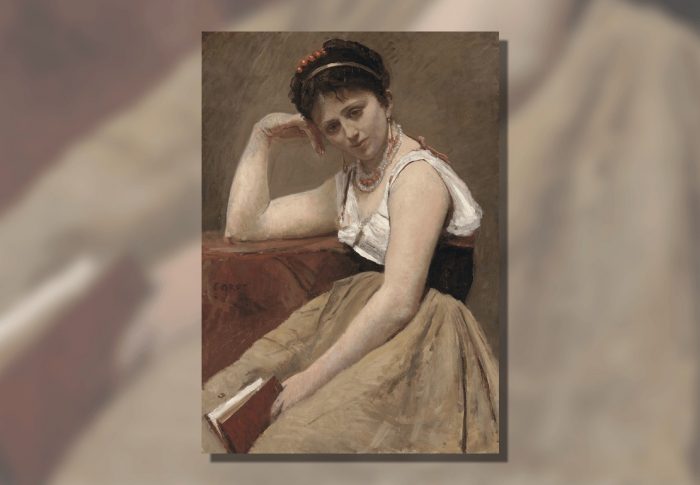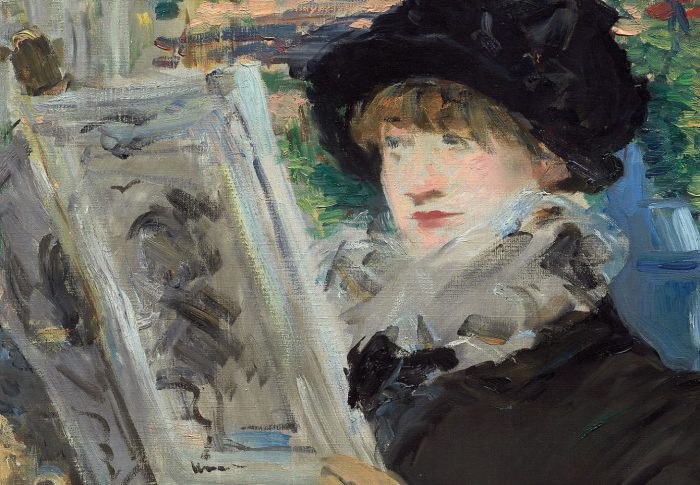
Some reading advice for when you really should stop playing Tears of Kingdoms
Happy Zelda Month to everyone celebrating! Finally, we can return to Hyrule…and never come back. At least, that’s how it feels. I’ve been playing The Legend of Zelda: Tears of Kingdoms every spare moment, and I’m pretty sure I’ve only scratched the surface of what this game has to offer (and demand) its players. (Also, I’m really, really bad at building things in games.)
But one cannot survive on video games alone. At least, people shouldn’t. (Right?) Humans have to have boundaries, or at least let their controllers recharge once in a while. People have to stop staring at screens and maybe, oh, pick up a book?
Obviously, “the one” is me. Maybe you too. But what can one read while spending time in Hyrule?
There is nothing that reads like a Zelda game. Sorry! The rules are not made by me!
But we can find elements of The Legend of Zelda in books—perhaps not all of the alchemical magic of the game’s immersive, interactive world, but some of it, from the world itself to the types of stories it tells.
World
It’s an obvious comparison, but if you’re playing Zelda, running long distances across lush green fields, trying not to freeze to death on towering mountains, and nearly passing out when you reach the desert heat, then you’re basically a hobbit in the desert. It’s a long walk (despite the big feet). Hyrule’s terrain is harsher than that of Middle-earth, and certainly not as large (there’s no sea crossing here – except for the Wind Waker), but it’s full of fields, forests, mountains, hot southern lands, and species. Dragons and other mythical creatures.
But just as young readers of Lord of the Rings might imagine other fantasy worlds like Middle-earth, players of Zelda games might start to imagine other magical worlds as Hyrule. In my head, Robin Hobb’s Six Duchies now look a bit like Hyrule. All the walks in Chuck Wendig’s Wanderer: Hyrule. Fate Soria’s Fire and Landscapes in Fire, with Dragon: Hyrule. Eleventh Station: Definitely in Hyrule, it could use more art in a world of frequent disasters.
What I’m trying to say is that, despite all the road trips, American Gods isn’t Hyrule. But in the latest game, you can build cars. So that might change.
Swordsman
Link is a beautiful cinnamon roll that can do no wrong, but is also prone to – at least in my hands – a lot of stupid crap. Like exploding himself or falling off a cliff, or trying to deal with enemies he doesn’t know how to defeat. But even when he got stuck, he was a delight and helpful to everyone, including the guy who didn’t know how to make a sign. Of course he reminds me of the perfect cinnamon roll Maya from The Goblin Emperor. (There are also clothes with different meanings and functions!)
But he’s also reminiscent of Taran in Lloyd Alexander’s “Prydon Chronicles,” who started his journey as a child (sometimes Link does) and ends up becoming king (Link may never be king, but there’s definitely something going on with the princess). Link and Taran have a lot to learn as they wander through a beautiful world filled with evil and the occasional undead (black cauldron/various zombies and creepy subterranean creatures). And if you throw some koroks in the puridan, they won’t look out of place either.
But Link mostly travels alone, with the exception of some accompanying non-human companions like Na’vi (hey, listen up!) or Midna. In that sense, he shares some qualities with the heroine of Garth Nix’s Old Kingdom (which also has creepy undead and magical items). Sabriel and Lirael spend a fair amount of time alone, but with the company of an animal friend who isn’t actually an animal at all (Moggett, the infamous dog). For that matter, the Old Kingdom now looks like Hyrule in my mind too. Special magic? Family history? Undead monster? Enemies come back after a long time? Yes. Suddenly, I wanted an Old Kingdom game.
Of course, Link may have some resemblance to my beloved Tess, Rachel Hartman’s Tess on the Road, who also sets out alone, encounters unexpected creatures (including dragons), learns a lot of stuff, and gets on board for the second part of her story, which isn’t all that different from what happened in the various Zelda games before The Wind Waker.
Princess
Oh Zelda. When will Nintendo let us play your story? (Not just your disembodied soul, as in Soul Tracks.) Over the years, Zelda has gone from a kidnapped princess to a key player in Hyrule’s affairs, a sage, magically capable holder and time traveler (among other things). But her story is always in the background, which makes her hardto compare to any one character in literature. However, there are some female characters who share some similarities with Zelda.
For example, Cimorene in Patricia C. Wrede’s Enchanted Forest Chronicles is a princess who decides to run away from home and become a dragon’s princess instead of marrying a prince. She’s strong-willed, intelligent, and capable of magic, and she takes charge of her own destiny. Similarly, Alanna in Tamora Pierce’s Song of the Lioness series is a young woman who disguises herself as a boy to become a knight. She’s brave, skilled in combat, and determined to prove herself, just like Zelda.
Conclusion
In conclusion, while there may not be any books that perfectly capture the experience of playing a Zelda game, there are plenty of books that share some of the elements that make Zelda games so special: immersive worlds, epic journeys, magical creatures, and characters who grow and change as they face challenges. If you’re a fan of Zelda, you might enjoy exploring some of these books and discovering your own connections to the world of Hyrule.







Tagged book lovers, community, finding readers, neglected books, online